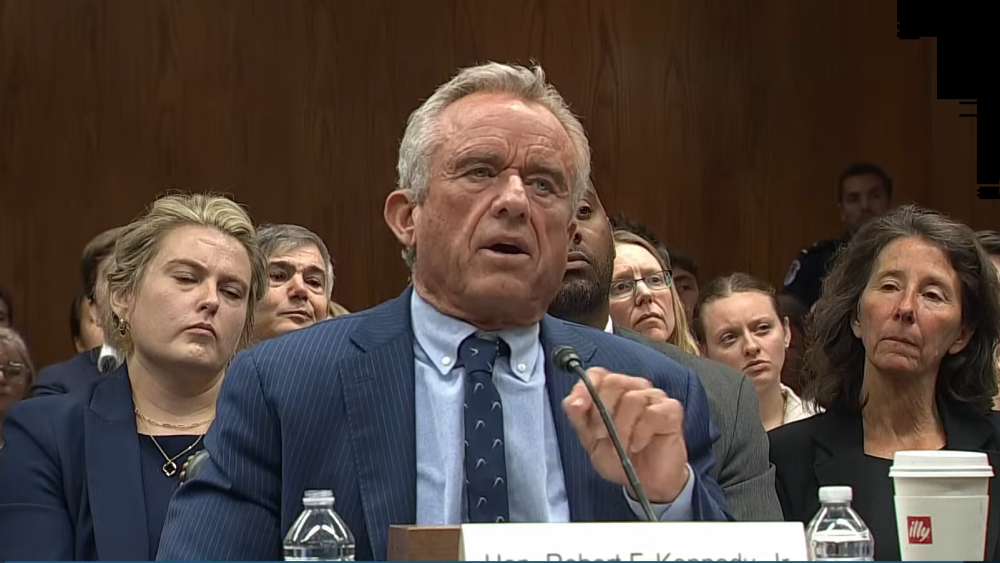Every week there are numerous scientific studies published. Here’s a look at some of the more interesting ones.
Every week there are numerous scientific studies published. Here’s a look at some of the more interesting ones.
Social Distancing Results in Significantly Lower Risk of COVID-19 Infections
A research study out of Johns Hopkins University Bloomberg School of Public Health found that practicing strict social distancing resulted in significantly lower COVID-19 infections. They surveyed more than 1,000 people in the state of Maryland in late June, asking them about their social distancing practices, use of public transportation, COVID-19 infection history and other COVID-19-related behaviors. One conclusion, for example, was that individuals who frequently used public transportation were more than four times as likely to test positive for COVID-19. Another suggested that people who practiced strict outdoor social distancing were a tenth as likely to ever report being COVID-19 positive. The study was published in the journal Clinical Infectious Diseases.
“Our findings support the idea that if you’re going out, you should practice social distancing to the extent possible because it does seem strongly associated with a lower chance of getting infected,” said Sunil Solomon, an associate professor of medicine at Johns Hopkins School of Medicine, the Bloomberg School’s Department of Epidemiology, and senior author of the study. “Studies like this are also relatively easy to do, so we think they have the potential to be useful tools for identification of places or population subgroups with higher vulnerability.”
The questions in the survey included asking about their use of masks, social distancing and related practices, their recent travel outside the home and any confirmed COVID-19 infections. They found that 5.3% of the 1,030 participants had tested positive at any time, with 1.7% testing positive in the two weeks prior to the survey. The biggest factor, they found, was spending more time in public places, which was strongly linked to COVID-19 infection.

New Therapeutics May Overcome Multiple Therapeutic-Resistance in Lung Cancer
Researchers from The University of Texas MD Anderson Cancer Center and Navire Pharma, an affiliate of BridgeBio Pharma, used the novel SHP2 inhibitor IACS-13909 to overcome multiple therapeutic-resistance mechanisms in non-small cell lung cancer (NSCLC). The drug is a potent and selective allosteric SHP2 (src homology 2 domain-containing phosphatase) inhibitor. SHP2 is a protein that acts downstream of several pathways and is required for full activation of the MAPK signaling pathways, which are known to fuel tumor growth, proliferation and survival. They believe that IACS-13909 by itself and in combination with tyrosine kinase inhibitor osimertinib (AstraZeneca’s Tragrisso) in preclinical studies led to more durable responses in tumors that were sensitive to osimertinib and stimulated tumor regression in osimertinib-resistant models.
Protein Identified Associated with Inner Ear Hair Cells Involved in Hearing
Scientists with the University of Maryland School of Medicine (UMSOM) determined the role of a critical protein in the development of hair cells involved in hearing. The protein, GFI1, seems to determine whether an embryonic hair cell matures into a functional adult hair cell or turns into a different cell that acts more like a nerve cell or neuron. Hearing depends on the proper function of specialized cells within the inner ear called hair cells. When they do not develop appropriately or are damaged by things like loud noise, can result in loss of hearing. The researchers studied gene expression in the hair cells of genetically modified newborn mice that did not produce GFI1.
Gene Could Decrease Possibility of Developing Alcoholic Cirrhosis
Investigators at the Indiana University School of Medicine conducted a genome-wide association study related to alcoholic cirrhosis. They took samples from more than 1,700 patients in the U.S., Europe and Australia and divided them into two groups, one group that were heavy drinkers that did not have a history of alcohol-induced liver injury or liver disease and a second group of heavy drinkers who did have alcoholic cirrhosis. They found that a gene calls Fas Associated Factor Family Member 2 (FAF2) was associated with a lower history of liver injury or disease. They believe the genes are involved in lipid droplet organization pathways.
Row, Row Your … White Blood Cells
Human white blood cells, or leukocytes, swim through the blood stream. Researchers from the Aix-Marseille University in France recently published a new mechanism for how the WBCs accomplish this, by what they have dubbed molecular paddling. The microswimming mechanism seems to explain how both immune cells and cancer cells are able to move into fluid-filled niches in the body. They used experimental and computational evidence showing that human leukocytes can migrate on 2D surfaces without adhering to them and can swim in a way that doesn’t involve changing cell shape.
Co-senior author Chaouqi Misbah of Grenoble Alpes University, says, “Looking at cell motion gives the illusion that cells deform their body like a swimmer. Although leukocytes display highly dynamic shapes and seem to swim with a breast-stroke mode, our quantitative analysis suggests that these movements are inefficient to propel cells.”
Instead, they paddle using transmembrane proteins that stick outside the cells. A sort of rearward, treadmill-like behavior propels the leukocytes in both solid and liquid environment, with and without adhesion.
SARS-CoV-2 May Work with the Microbiota to Increase COVID-19 Severity in Obese and Diabetic Patients
It is generally recognized that individuals with obesity and diabetes are more at-risk of getting COVID-19, and also at risk of more severe disease. But why? Researchers at the University of Texas Southwestern Medical Center in Dallas believe there is a relationship between the severity of the infections and the different microbiomes of individuals with obesity and diabetes. The microbiome is the trillions of microorganisms that live in the body and are increasingly being found to have major influence in health, not just in the areas of the GI tract and infections. They published their research in eLife.
“There is rapidly emerging evidence highlighting obesity and type 2 diabetes as key risk factors linked to severity of COVID-19 infections in all ethnic groups, but the detailed underlying connections with these risk factors remain largely unknown,” said Philipp Scherer, professor at the UTMSC’s Department of Internal Medicine and Director of the Touchstone Diabetes Center. “There is a paradox that people with obesity and diabetes are generally known to recover better from lung conditions than others. So, what is it about COVID-19 that makes this group of people more susceptible?”
Their theory revolves around the ACE2 receptor and an interaction between SARS-CoV-2 and pre-existing bacterial conditions. ACE2 is a cell surface molecule involved in regulating fluid volumes, blood pressure and blood vessel function. SARS-CoV-2 uses it to enter human cells. One theory argues that increased levels of ACE2 in the obese or diabetic allows the virus easier entry into cells, which increases the viral load. Another theory is that increased shedding of ACE2 in the obese causes it to move to the lungs, where the virus uses it.
But the microbiota theory focuses on how host bacteria might influence COVID-19 severity. Bacteria produce lipopolysaccharides (LPS), which in animal models have been shown to cooperate with other coronaviruses, inducing SARS. They believe that these LPS molecules may work with COVID-19 in humans to trigger a series of events that causes healthy tissue to transform into scarred tissue, as seen in COVID-19 in the lungs.





